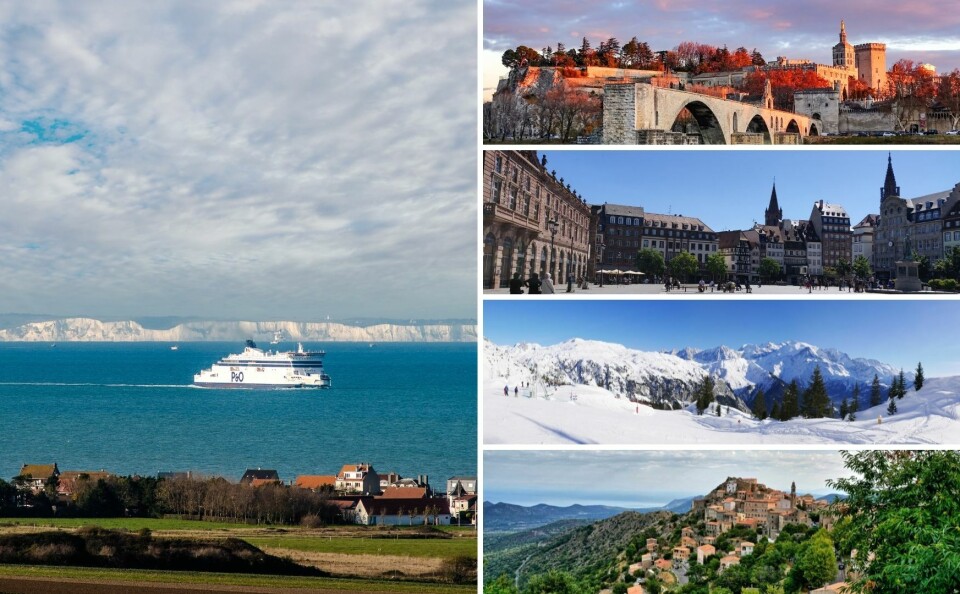-
The origins and meaning of tirer les marrons du feu
As Christmas approaches, we look at a phrase to describe someone who takes advantage of a situation
-
Saint-Aubin-des-Châteaux: rural French village with historical and natural charm
Step back in time to explore Neolithic, Roman, and Templar traces... but you will not find any châteaux
-
Owners of French mill seek help tracing history
'We are looking for old photographs from before it closed,' say couple who restored the building
Five regions in France that have not always been French
Here are five slices of the modern ‘hexagon’ that used to belong to a different country

It is hard to look at a map of France and imagine the country being a different shape.
It looks so neat and permanent. These days, all parts of the hexagon are integral parts of the country but some places have been French for a much shorter time than others.
France acquired its shape only gradually over centuries, through conquest, treaty and inheritance.
It was still metamorphosing as late as 1947.
1. Alsace-Lorraine
Alsace-Lorraine (Alsace and the department of the Moselle) has changed country several times.
It was annexed by the German Reich in 1871, at the conclusion of the Franco-Prussian war.
In 1918 it was returned to France as part of the settlement after World War I.
When Nazi Germany invaded France in the summer of 1940 it was once again annexed.
Finally, it was liberated in 1944 and has been a part of France ever since.
The two departments of Alsace and the four of Lorraine are now part of the Grand Est region.
2. Calais
Calais was a Gibraltar-like outpost of England from 1347-1558 and for a time it was even a parliamentary borough.
France and England were always at loggerheads and this Channel port came to symbolize more than it was worth in practice.
Queen Mary (the First) declared that an autopsy on her body would reveal Calais located in her heart.
The historian Geoffrey Elton summed up the situation thus: “Calais—expensive and useless—was better lost than kept”.
As a footnote, Calais was held by the Spanish between 1596 and 1598 and, of course, occupied by the Germans from May 1940 until the autumn of 1944.
3. Avignon
Avignon, seat of seven popes and two anti-popes was technically a Papal enclave until the Revolution while the rest of Provence was incorporated into France (in 1481).
In practice, French kings treated Avignon as part of their dominions until it was formally ceded to France by Pope Pius VI in 1797.
4. Savoy
Savoy, a duchy in the east of France, could have joined Italy (as it unified), or even Switzerland, in the mid-19th century, or possibly have become independent; but instead was incorporated into the Second Empire in 1860.
Today, it is part of the Auvergne-Rhône-Alpes but a quasi-political party is campaigning for it to be given greater autonomy.
5. Corsica
In the 18th century Corsica was briefly independent before being part bought and part conquered by France in 1769.
Coincidentally, this was the year in which the most famous Corsican, Napoleon Bonaparte, was born.
Separatists, sometimes using violence, would like the island to be self-governing.
Related articles
Plea for calm over convicted killer and Corsican nationalist’s funeral
LISTEN: Click map allows you to hear 75 local languages of France
I read the 5,000-page compendium that tries to explain France
























